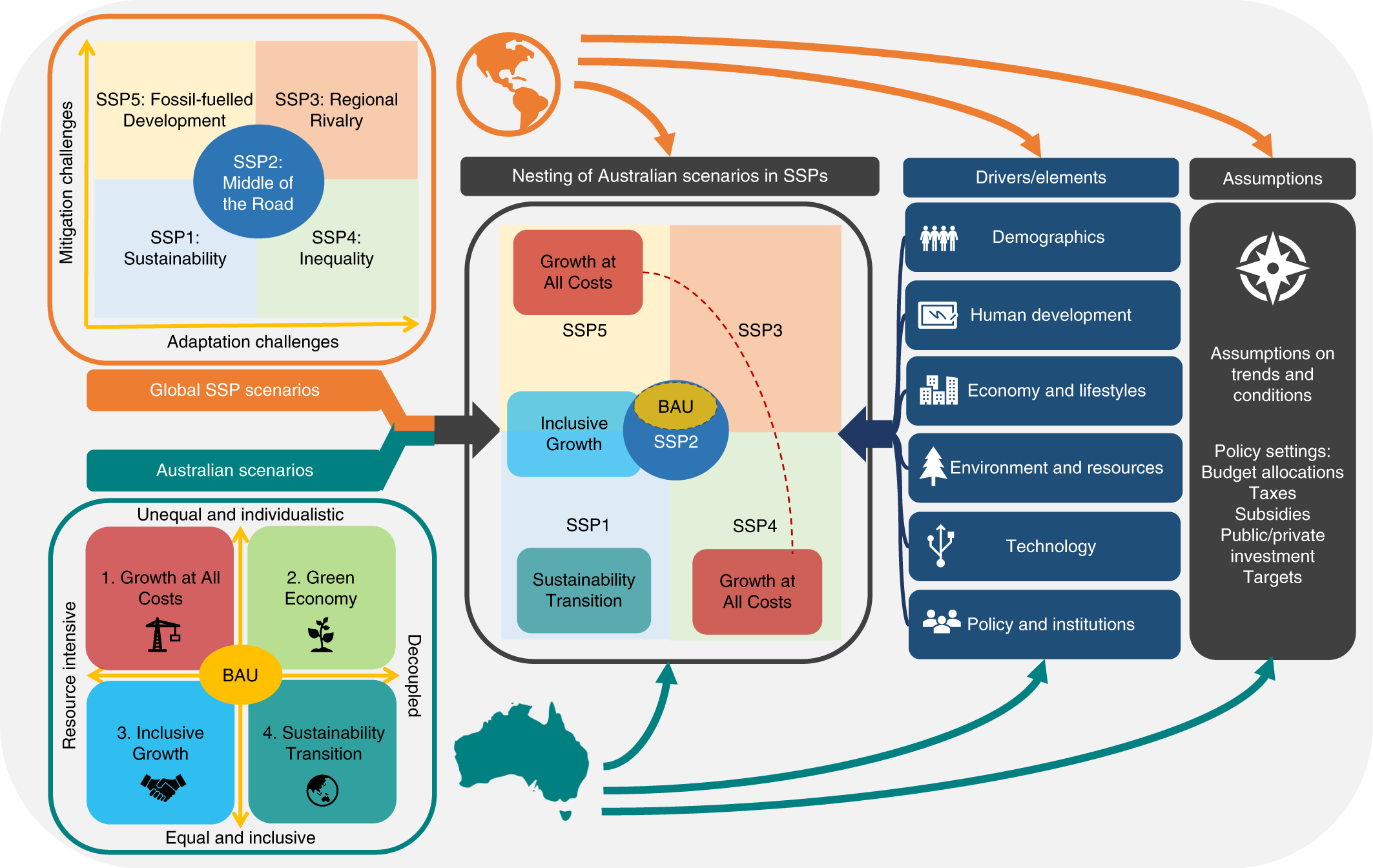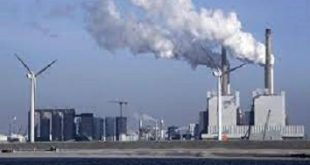In 2024, Australia—a nation renowned for its breathtaking scenery, varied cultural heritage, and strong economy—will face significant challenges. The country is still struggling to recover economically from the pandemic, and social tensions are rising along with environmental problems. Australia’s future will be shaped by how it responds to these challenges in order to preserve its wealth and international reputation.
Managing Inflation and Growth in the Economic Recovery
Australia’s economy, which is expected to grow by 3.0% GDP in 2024, has demonstrated resilience in the face of international problems. This expansion comes after a period of severe economic upheaval brought on by the COVID-19 epidemic, during which Australia went through its first recession in almost thirty years. Nonetheless, the economy has recovered because to significant government support, a rise in consumer spending, and a healthy export market, especially for commodities like coal and iron ore.
Additionally, there have been improvements in the labour market; in early 2024, the unemployment rate dropped from a peak of 7.5% in 2020 to 4.2%. This recovery has been mostly fuelled by the creation of jobs in industries like technology, healthcare, and construction. But worries about job security and salary stagnation have arisen as part-time and gig economy employment have increased, especially among younger people.
But inflation is still a problem. The demand for products and services has increased, supply chain disruptions, and rising energy costs have caused inflation rates to reach 4.1% in 2024. In an attempt to calm the economy, the Reserve Bank of Australia (RBA) hiked interest rates in response, however this has sparked concerns about potential economic slowdown and increased burden on mortgage-holding people.
Despite recent cooling measures, the housing market remains a serious concern, with house prices in major cities like Sydney and Melbourne remaining high. Many young Australians are finding it difficult to break into the property market due to the affordability problem, which is escalating social inequality and causing unrest.
Challenges to the Environment: Australia’s Climate Predicament
The environmental issues facing Australia are getting worse. In recent years, the nation has seen a number of extreme weather-related incidents, such as destructive wildfires, flooding, and protracted droughts. These occurrences have elevated the topic of climate change in the national conversation.
Due in large part to its reliance on coal for energy and massive exports of fossil fuels, Australia is among the countries with the highest per capita emissions of greenhouse gases worldwide. Australia’s alleged passivity on climate change has drawn criticism despite international efforts to cut emissions. The government’s pledge to achieve net-zero emissions by 2050 has been viewed with scepticism by some, who claim that the plan is devoid of the essential immediate objectives and practical steps.

Australia has seen a rapid increase in the use of renewable energy, with wind and solar power accounting for a growing portion of the country’s energy mix. As part of its long-term plan, the government has also declared investments in other low-emission sectors and hydrogen technology. The move away from fossil fuels is complicated, though, especially considering how important coal and gas exports are to Australia’s economy.
Debates about land use, particularly those pertaining to mining, agriculture, and conservation, have also exhibited a tension between economic interests and environmental obligations. Due to their strong relationships to the land, indigenous groups are frequently at the centre of these conflicts, which brings attention to the larger problem of how Australia’s natural resources are preserved and managed.
Social Tensions: Handling Inclusion and Diversity
With about one-third of its population being foreign-born, Australia is renowned for its multicultural society. One of the nation’s greatest assets is its diversity, which also contributes to its thriving economy and culture. But there have also been difficulties, mainly with regard to inclusion and social cohesiveness.
The pandemic has made racial and social disparities worse, which has prompted additional calls for action on discrimination, immigration laws, and Indigenous rights. Australia has been greatly impacted by the Black Lives Matter movement, which garnered international attention in 2020 and sparked national demonstrations and conversations on institutional racism, especially as it relates to Indigenous Australians.
In tackling these problems, the government has made considerable headway, notably in efforts to reduce the disparity between Indigenous and non-Indigenous Australians’ outcomes in terms of employment, education, and health. Many activists and community leaders contend, however, that more work must be done to address the underlying causes of inequality and that current initiatives are insufficient.
An important turning point for Indigenous rights in Australia is the Voice to Parliament referendum, which is scheduled for later in 2024. Should it be approved, it will give Indigenous Australians more influence over national policy decisions by enshrining an Indigenous advisory council in the Constitution. A comprehensive discussion on the country’s identity, reconciliation, and democratic future has been spurred by the vote.





